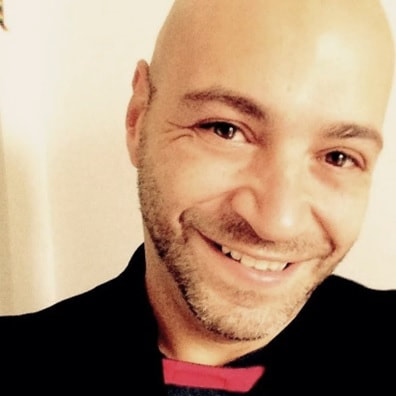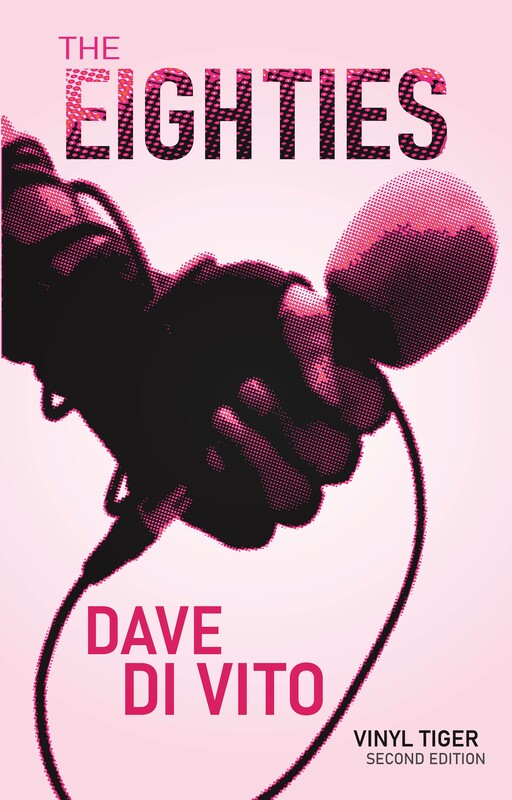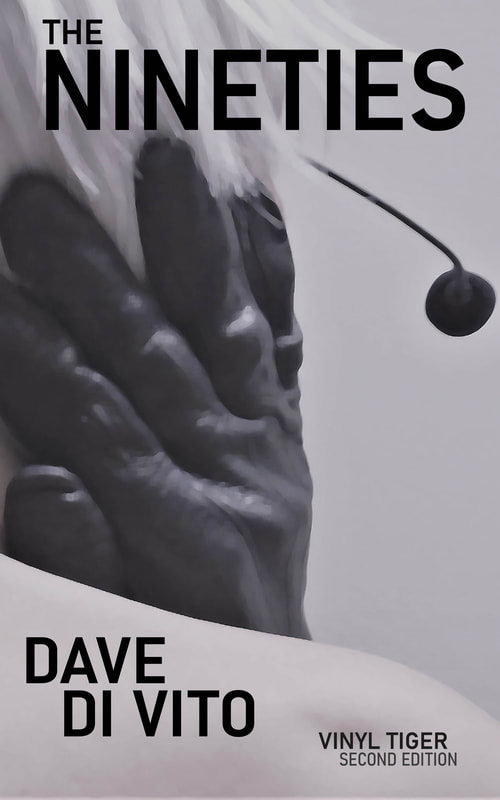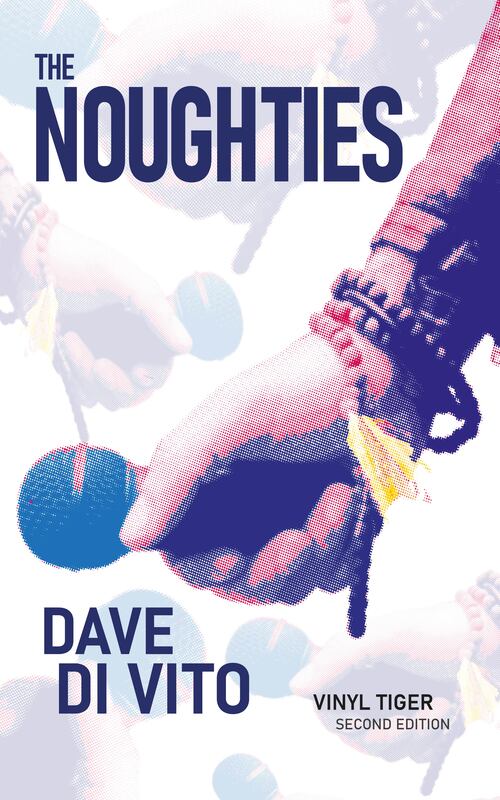|
UNLESS you’ve got the ability to control father time, you’ve got a bit of a battle on your hands at the Venice Biennale. This year’s edition, the 56th, runs through to November 22, 2015. GETTING TO AND/FROM THE BIENNALE If you’ve been there before you probably know the drill and should skip down to my tips. But if you’ve never been and are going for the first time, read up on the practicals here first. You’ll need to set some good time aside, not only to see the best of the Biennale offerings, but also to move around the city and the huge Giardini and Arsenale complexes. The majority of visitors arrive via vaporetto (Venice’s water buses) and if you plan ahead you’ll probably find that you can get an express route to Giardini or Arsenale from the train station. Line 1 will take you through Venice’s Grand Canal, whereas line 5 will take you more directly to Giardinetti. Avoiding the Grand Canal on the way over can halve your travel time...save that scenic ride back for sunset. Vaporetto are notoriously expensive: €7 per ride and there are always long lines for the tickets, so pre-purchase them from the machines beforehand to save yourself the worry. TICKETS AND LAYOUT For those of you who’ve not been to the Biennale before, there are three areas of interest to you. You’ll need a ticket for Giardini, where the historic, national pavilions are located, and the same ticket will also serve you for Arsenale, the shipping yards where the remaining bulk of nations exhibit their work. In addition to these areas, the city of Venice also hosts another 30 or so collateral events around the city itself. Tickets are usually valid for up to ninety days and allow you a full day’s entrance to Giardini and a full day at Arsenale. The collateral events around the city are mostly free, and worth seeking out if you have the time, as countries like Thailand and New Zealand for example often hold their exhibits ‘off campus’. Forty eight hours in Venice will give you ample time to visit the bulk of the ticketed sites, and probably enough time to visit nearby exhibits like Macau and Hong Kong. Seventy two hours will give you the ideal amount of time to soak in Venice and navigate around its maze of canals so that you get a taste of the best of the collateral events too. But be warned. Venues are closed on Mondays, so if you’re thinking of making a long weekend out of your trip, be ready to hit the pavements on Friday morning. WHAT NOT TO MISS AT GIARDINI This year at Giardini things are a mixed bag. To get the most out of your day I’m going to recommend the pavilions that I know you’re going to get the most out of and that warrant you spending extra time in. And because I’m so damn diplomatic, I’m going to just omit the nations that I think you should steer clear of or visit briefly. Upon entering I normally make a beeline for Spain first, but this year I think you need to warm up a bit first before heading into the Spanish pavilion. Instead, first, go and see what all the fuss is about in Switzerland, where global warming gets a look in. Pamela Rosenkranz‘s Our Product installation won’t require much of your time but will likely stay with you for much of the day. I’m not often one to boycott national pavilions, despite my political beliefs. Well, OK, I boycotted the Vatican’s exhibition at Arsenale, but, despite my problems with the Russian administration, I think the complexity of that country and its rich visual arts history deserve to be respected. With that in mind, this year, the Russian pavilion has been repainted, and inside, Irina Nakhova’s The Green Pavilion revisits Russia’s avant-garde past, dividing the space into four distinct areas. The very different approaches will ensure that at least one of which will be a hit with you (or give you the great opportunity for a selfie). From Russia, you need to continue your journey Eastward in every sense, as neighbouring pavilions Korea and Japan are quickly going to make a play for your heart and mind. I’m an East Asian officinado (my crueller friends call me a rice queen), but I defy any visitor not to fall in love at first sight with these two amazing pavilions. They will give you your first taste of greatness for the day. Japan’s Chiharu Shioka creates the most romantic of exhibits in all of the Biennale. With 50,000 keys suspended from an intricate web of red yarn, raining down into two wooden boats, The Key In The Hand, is a beautiful metaphor for memory, one of Shioka’s recurring themes. [For a more in depth take on the exhibit, see my review here.] In the neighbouring Korean pavilion, Moon Kyungwon and Jeon Joonho take a digital, archaeological quest back in time from the future. With The Ways of Folding Space & Flying, this duo blend technology and Taoist principles to bend time, overcoming the mental and physical boundaries and limits to try and address the relevancy of art in an unknown future. You’ll need to set aside a good half hour or so for this one…it’s an exhibition that plays out with studio quality film, and the arrangement of huge (and small) screens throughout the pavilion will keep you enthralled. [For a more in depth take on the exhibit, see my review here.] Talking about screens, if you make your way up and then down the German pavilion (trust me, it will make sense when you’re there), you’ll be transported into a virtual reality style room, complete with black walls and fluoro blue grid lines that set the tone for Hito Steyerl’s Factory of the Sun. Sit back on sun chairs in the complete darkness and watch as light eminates from Steyerl’s film/documentary which blurs the line between virtual and reality. If Great Britain’s Sarah Lucas is not your thing – and let’s face it, her work (powerful, confronting and a cutting reflection of how the objectification of women comes from a perverse place in our psyche) is not for everyone, you can safely skip over to Australia’s newly refurbished pavilion, where Fiona Hall’s dark and exhaustive but thoughtful Wrong Way Time fits in well with this year’s biennale theme. Hall’s work is the purging show in Venice this year: the redressing of all the mistaken and crumbling pillars that our society is based on. [For a more in depth take on the exhibit, see my review here.] From Australia you can head back towards Europe via Israel. For a biennale that is incredibly political this year, Israel’s inside/outside approach to repurposing objects is very different to Fiona Hall’s approach. But the transformation of the pavilion by Tsibi Geva taps into the obsession artists have this year with the Archaeology of the Present.
It’s time to make your way back towards Spain, but pop into the Hungarian pavilion on your way. Hungary is consistently strong at the Biennale, and this year Szilard Cseke’s Sustainable Identities abstract recreation of the global network will bring you back into the present and somewhat into the future. At this point you’ve hopefully backtracked your way to the Spanish pavilion. It’s a show that seems quite straightforward when you first visit. There are some immediately satisfying visuals on show, but in reality it’s an exhibition that is loaded with symbolism and meaning, inhabiting the spaces created by society’s obsession with boundaries and definitions. And it’s all looked over by Dali, the Spanish ringmaster who was one of the first to court controversy and blur the lines (between the public persona and private man). [For a more in depth take on the exhibit, see my review here.] You’ve probably earned yourself a break at this point. While you’re in the bar/cafeteria area stick your head into the Swatch pavilion, and once you’re done with your break head into the Central Pavilion for the Okwui Enwezor curated show. Exhausted? Overcome with all the art on show? If you’ve gotten this far, you’ve well and truly earned your spritz. I’m an Aperol boy myself. What’s your poison? Either way, you can’t even think of heading off yet because you’ve got at least two more gems to see in the last section of Giardini. To get there you need to head back behind the Hungarian Pavilion and cross the bridge. Start at whichever end you like… I normally traipse through Brazil first, though this year I have to say I wasn’t very taken with what was on show. I was more impressed with the Serbian and Romanian pavilions this year. In the Serbian pavilion, artist Ivan Grubano’s United Dead Nations is food for thought. Again it’s one of these shows that on the surface will seem like a really simple premise to you, but once you’ve thought about it, you’ll realise that the idea and execution are amazing. I’ve posted a few words about this show here in case you want my thoughts. At the other end of the run of pavilions is Romania. Adrian Ghenie, a prodigious talent, based in Berlin, does what very few artists have done this year. He brings his paintings to Venice, and Darwin’s Room is a spectacular exhibition, dripping with technique and effect. This to my mind is one of the best shows at Venice this year, and is exceptionally well curated and documented. With Charles Darwin as his muse, Ghenie sets about presenting his new style of painting while addressing the survival, not of the species, but of ideas and ideologies. For a more in depth take see my review here. Human nature crops again with the last of my recommended exhibits for Giardini this year. Maria Papadimitriou’s contribution for Greece, AGRIMIKA-Why Look at Animals? is astonishing for the level of detail achieved. It’s a shop, selling animal hides and products, transferred in its entirety to Venice. The kind of thing that would’ve made Alison Goldfrapp foam at the mouth, and a tribute to the animals in this world who cannot be domesticated. Animals that won’t be supplicated into an unnatural system. Catch the allegory for Europe’s austerity measures on Greece? Good work. So, these are my picks for what to see at Giardini on your first day at the Biennale. I’ll be back shortly with my round up of Arsenale, which is generally edgier in its content. There’s so much to see in Venice this year and much to ponder. I’m curious to know your thoughts though. Let me know via comment whether you agree with my take, or whether some of the other pavilions that I couldn’t let my guard down for made their way into your hearts. Happy, well-earned aperitivo!
0 Comments
Your comment will be posted after it is approved.
Leave a Reply. |
Dave
|
|
|
Dave Di Vito is a writer, teacher and former curator.He's also the author of the Vinyl Tiger series and Replace The Sky.
For information about upcoming writing projects subscribe to the mailing list. Dave hates SPAM so he won't trouble you with any of his own. He promises. |






 RSS Feed
RSS Feed